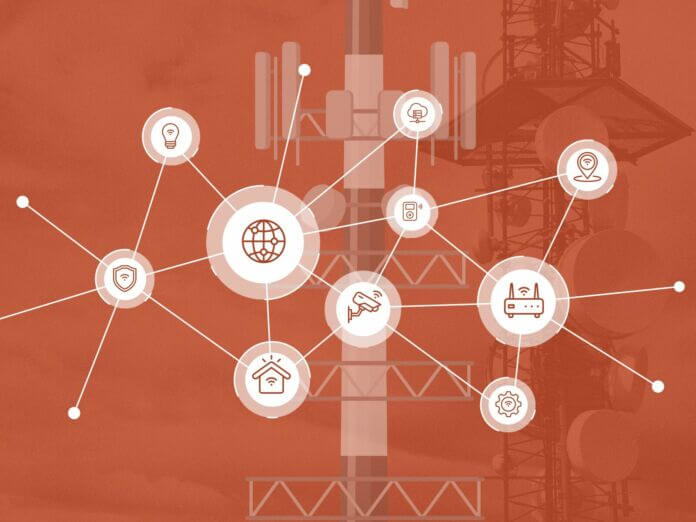
KORE – September 11, 2024
Collected at: https://www.iotforall.com/the-role-of-redcap-and-new-radio-in-5g-adoption
As 5G continues to revolutionize the world of wireless communication, two emerging technologies are taking center stage: New Radio (NR) and Reduced Capability (RedCap) NR. These advancements are instrumental in expanding the capabilities of 5G, driving its adoption across a variety of new use cases, particularly in the realm of IoT.
New Radio (NR): The Backbone of 5G
New Radio (NR) is the cornerstone of 5G, offering the flexibility, scalability, and efficiency required to meet the diverse needs of our connected world. Unlike its predecessor, 4G LTE, NR supports a vast array of applications, from enhanced mobile broadband (eMBB) to massive IoT (mIoT) and ultra-reliable low-latency communication (URLLC).
An Ericsson Mobility Report in 2020 highlighted how the rollout of 5G services, subscriptions, and 5G-capable devices is outpacing that of 4G LTE. The report forecasted that by 2026, 5G subscriptions will reach 3.5 billion, underscoring this technology’s rapid and robust adoption.
Reduced Capability NR: Broadening the 5G Ecosystem
Reduced Capability (RedCap) NR, or NR-Light, is a game-changer in the 5G landscape. Introduced in 3GPP Release 17, RedCap NR design caters to use cases that do not require the full capabilities of standard NR but still need more than what low-power wide-area (LPWA) solutions like LTE-M and NB-IoT can offer.
RedCap devices particularly suit use cases like wearables (smartwatches, wearable medical devices, AR/VR goggles), industrial wireless sensors, and video surveillance. These applications have specific requirements that differ from enhanced mobile broadband (eMBB) and LPWA use cases. For instance, they typically require higher data rates than LPWA but do not need the same stringent data rates or latency requirements as eMBB, making them more energy and cost-efficient.
Technical Aspects of RedCap NR
The cost and complexity reductions in RedCap devices are achieved through several key modifications to the baseline NR device capabilities. These include the following:
- Reduced Bandwidth: RedCap devices support 20 MHz in FR1 and 100 MHz in FR2, compared to 100 MHz and 200 MHz respectively for baseline NR devices.
- Fewer Receive Branches: RedCap devices require fewer receive antennas, reducing hardware complexity and cost.
- Simplified Duplex Operations: RedCap devices can operate in half-duplex mode, eliminating the need for expensive duplex filters.
- Lower Modulation Order: RedCap devices support a lower downlink modulation order (64-QAM, with 256-QAM being optional).
These adjustments result in significant cost savings while maintaining sufficient performance for the intended use cases. For example, a RedCap device can achieve a peak physical layer data rate of 85 Mbps in FR1 with one receive branch, which is more than adequate for most wearables and industrial sensors.
The Path from LTE to NR
RedCap NR also offers a clear migration path from LTE-based solutions for use cases like wearables and video surveillance. This migration is crucial for accelerating the spectrum re-farming from LTE to NR, facilitating the full transition to 5G. As a native NR technology, RedCap integrates seamlessly with NR networks, leveraging key features such as beamforming, scalable numerology, and network energy efficiency.
For industrial applications, this means optimized networks that can support both time-critical communications and lower-end sensor devices, ensuring efficient operation across a wide range of devices and use cases.
The Future of 5G: RedCap and New Radio Leading the Way
RedCap and New Radio are pivotal in the ongoing evolution and adoption of 5G technology. By expanding the NR device ecosystem and offering a clear migration path from LTE, these technologies are driving the rapid and robust deployment of 5G across diverse and emerging use cases. As the world continues to embrace 5G, RedCap and NR will play a significant role in connecting more devices, enabling new applications, and realizing the full potential of this transformative technology.

Leave a Reply